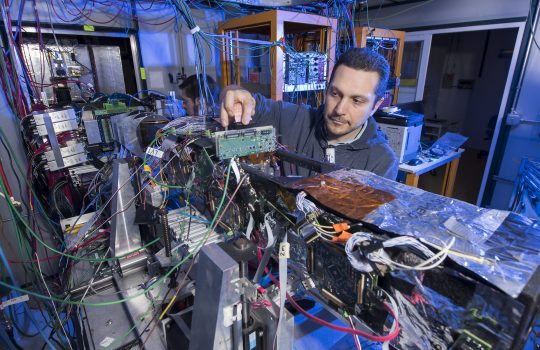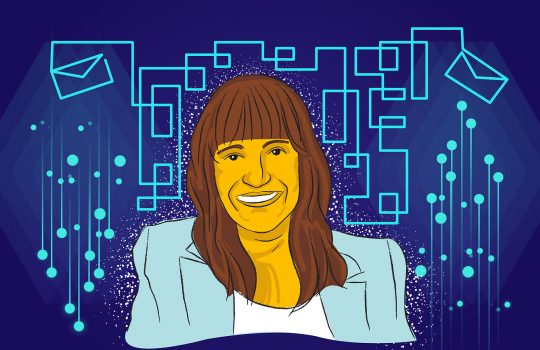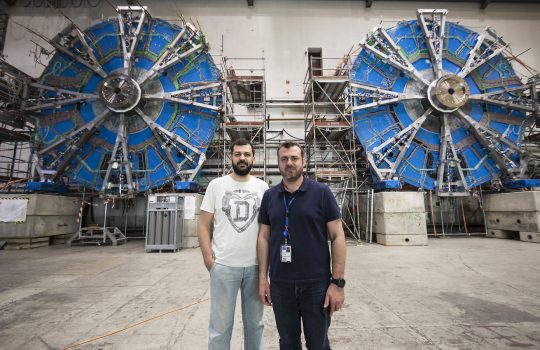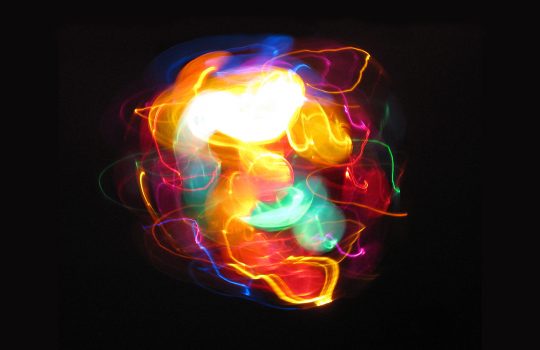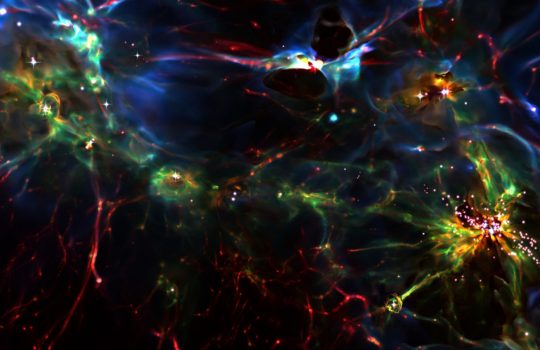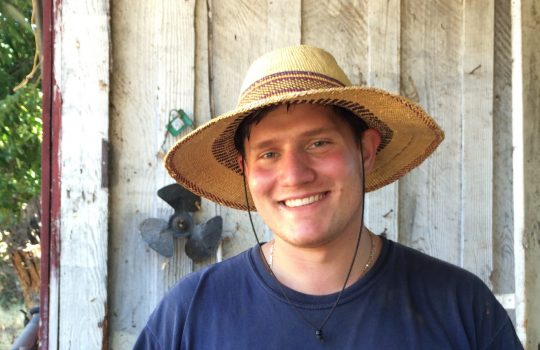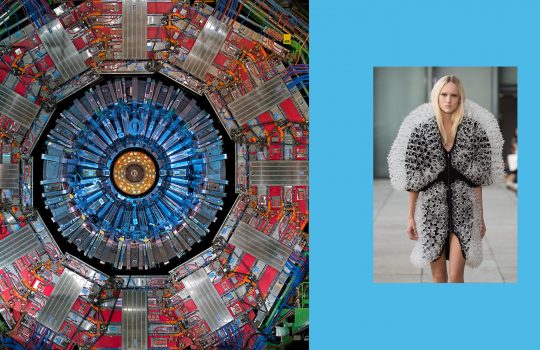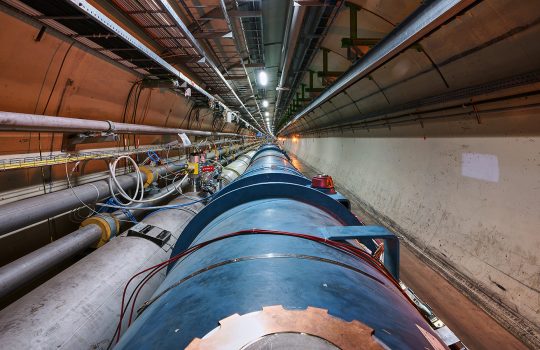Seven views of work at the LHC
Those who study particle physics will find that every step of the journey offers a new perspective and new set of responsibilities. Symmetry chats with scientists working at the Large Hadron Collider to hear about differences between seven different rungs on the academic career ladder.


